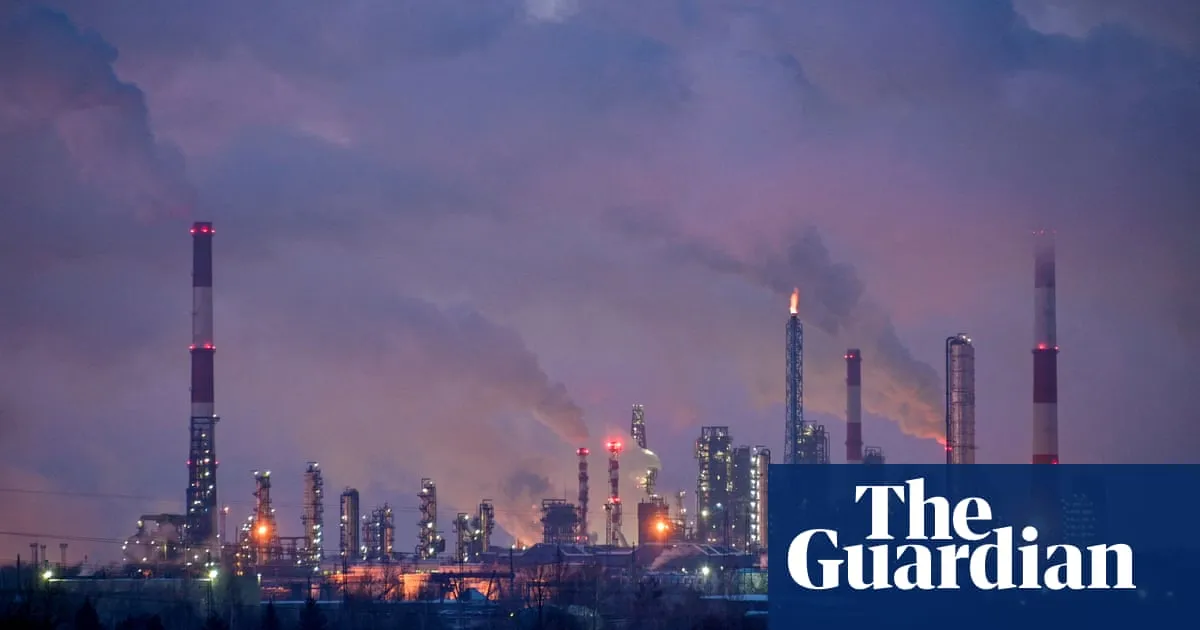
Analysts and officials have raised concerns that Donald Trump may impose tariffs ranging from 25% to 50% against countries purchasing Russian oil. In a recent interview with NBC, the U.S. President expressed his intent to enact these measures within a month, contingent on whether a deal is reached and if he attributes blame to Russia for ongoing geopolitical tensions. Trump's frustration stems from perceived delaying tactics employed by Vladimir Putin and attempts to undermine Volodymyr Zelenskyy, the President of Ukraine.
Despite the international push for sanctions against Russia, countries like China and India have opted not to participate in these measures. If the U.S. implements secondary sanctions or tariffs directly targeting these nations, it could significantly hamper Putin's access to oil revenue, which is critical for funding military operations. While China has refrained from overtly breaching sanctions, it has taken steps to minimize risks, such as scaling back transactions with Russian firms to avoid potential penalties from the U.S. financial system.
According to UBS analyst Giovanni Staunovo, the approach of targeting buyers, similar to past actions against Venezuela, may have profound implications for both China and India. “We need to see, however, what will be announced over the coming days,” Staunovo noted, highlighting the uncertainty surrounding the situation.
In a significant shift, India has overtaken China to become the largest importer of seaborne Russian crude oil, accounting for approximately 35% of India’s total crude imports in 2024. This development has raised concerns about India acting as a “back door” for Russian oil exports, potentially undermining global efforts to isolate Russia economically.
Former U.S. commerce department official William Reinsch, now affiliated with the Center for Strategic and International Studies, emphasized that Trump's erratic announcement of tariffs creates ambiguity. Key questions remain about how U.S. officials would trace and verify which countries are purchasing Russian oil. This lack of clarity could complicate the enforcement of any new tariffs.
In a separate development, Trump remarked that Volodymyr Zelenskyy may be attempting to withdraw from a deal involving rare earth minerals. He warned that if Zelenskyy proceeds with this course of action, he could face significant challenges. The White House has been firm in demanding a substantial portion of Ukraine’s mineral resource revenue over the years, plus interest, in exchange for military aid. While Zelenskyy has shown openness to negotiations, he remains cautious about the terms presented by the Trump administration, which has exhibited a fluctuating stance on finalizing the deal.
On the ground in Ukraine, the situation continues to evolve. Russia’s defense ministry announced that its forces have gained control over a settlement in the Donetsk region, specifically in Zaporizhzhia. This claim, however, has not been independently verified by sources such as Reuters. The village in question is located approximately 7 km from the border of Ukraine’s central Dnipropetrovsk region.
In response to recent attacks, Ukraine’s military reported the destruction of 65 out of 111 drones launched by Russia during an overnight offensive. Additionally, 35 drones were classified as “locationally lost,” which typically indicates electronic jamming efforts. Despite these claims, damage was reported in various regions, including Kharkiv, Sumy, Odesa, and Donetsk.